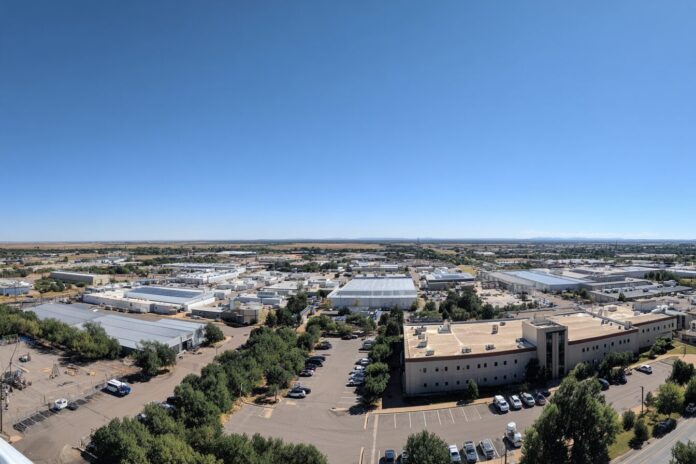OpenAI’s Sam Altman Discusses GPT-5 Release Date
The Next Leap in Artificial Intelligence
OpenAI has continually pushed the boundaries of what is possible with generative AI, and the upcoming release of GPT-5 is expected to further redefine the landscape of modern technology. Most importantly, the company’s steady progression from GPT-4.5 to GPT-4o has paved the way for revolutionary capabilities that the new model will soon deliver.
Because of these rapid developments, industry experts and enthusiasts alike are carefully following each update. Furthermore, GPT-5 is anticipated to solidify OpenAI’s role as a leader in next-generation artificial intelligence, setting a new benchmark that competitors will strive to meet.
When is GPT-5 Coming?
During a recent episode of OpenAI’s official podcast, CEO Sam Altman confirmed that GPT-5 is slated for launch in summer 2025. This timeline is particularly exciting since it aligns with the planned retirement of GPT-4.5 in mid-July. Therefore, the AI community is eagerly dividing its attention between the sunset of older models and the rise of this new paradigm in AI technology.
Because the announcement did not specify an exact date, there is a sense of anticipation around whether the release will take place in late July or extend into August. Besides that, this scheduling suggests a seamless transition that could maximize the impact of GPT-5 upon its debut. For more details, you can refer to Datastudios.org and Resolve247 where timelines and expectations are discussed in further detail.
What Sets GPT-5 Apart?
GPT-5 is not just an incremental upgrade—it is a bold step forward in the evolution of AI. According to Sam Altman, the new model is purpose-built for the era of trillion-parameter agents, highlighting its potential to deliver faster and more cost-effective inference while leveraging specialized, AI-native hardware. This design shift signals an important milestone that will transform how tasks are automated and executed across various sectors.
Moreover, GPT-5 introduces a unified approach to processing language, images, and voice. Because it integrates extended context windows, users can comfortably work with larger documents and more extensive datasets without the restrictive token limits of previous models. This means seamless multitasking and more natural interactions within a single interface. For further insights on these features, you may also review analyses on NetManageIT and the podcast details on Datastudios.
Project Stargate: Powering the Future
At the heart of GPT-5’s breakthrough is Project Stargate, OpenAI’s ambitious $500 billion compute infrastructure initiative. This project is already in motion with its inaugural site in Abilene, Texas, providing gigawatt-scale compute power that is essential for training and deploying such a sophisticated AI model. Sam Altman emphasizes that this unprecedented computational capacity is not only transformative for GPT-5 but also a significant stride toward achieving Artificial General Intelligence (AGI).
Because this infrastructure delivers immense performance potential, it will empower GPT-5 to support features like advanced memory management, integrated multimodality, and built-in reasoning pathways. Therefore, Project Stargate embodies the future of AI research by ensuring that high-performance computing remains at the core of OpenAI’s innovation strategy. For a comprehensive look at Project Stargate, visit Resolve247 to understand its role in powering next-level AI capabilities.
A New Standard for Everyday AI
GPT-5 isn’t merely about technological advancements—it is designed to redefine everyday interactions with virtual assistants and digital platforms. Most importantly, this model is set to streamline workflows by offering unified multimodal capabilities that can seamlessly process text, image, and voice data in one consolidated interface. Because of this, users can expect more intuitive and efficient ways to manage content, communication, and creative tasks.
Besides that, the fusion of enhanced context handling with memory management marks a significant leap toward state-of-the-art AI interactions. This new paradigm simplifies not only personal productivity but also opens up innovative possibilities in business and scientific research. Therefore, GPT-5 is as much about improving daily user experience as it is about setting a new standard in AI development.
What’s Next in the AI Revolution?
As summer 2025 approaches, the landscape of artificial intelligence is poised for a massive transformation. Most notably, GPT-5 is expected to serve as a cornerstone for future AI applications, enabling a host of automated and intelligent systems to become more integrated into our everyday lives. Because the deployment of GPT-5 entails both theoretical and practical advancements, it may soon influence how data is processed, stored, and utilized across diverse sectors.
Furthermore, this release comes at a time when the global debate on AGI and AI ethics is intensifying. Therefore, observing the rollout of GPT-5 will provide invaluable insights into both the technological and societal shifts that are likely to accompany the next generation of AI. To keep abreast of the latest developments, watch the detailed discussion on YouTube and follow updates from Exploding Topics.
References and Further Reading
For those interested in an in-depth analysis, numerous reputable sources provide further context on GPT-5’s forthcoming release. The detailed breakdown on GPT-5’s timeline and capabilities can be reviewed at Datastudios.org. Additionally, perspectives on GPT-5’s unified multimodal approach and Project Stargate are comprehensively covered on Resolve247 and NetManageIT.
Because staying informed is crucial in the rapidly evolving field of AI, these sources serve as key guides for enthusiasts and professionals looking to understand the implications of GPT-5 on the future of technology, work, and innovation.



